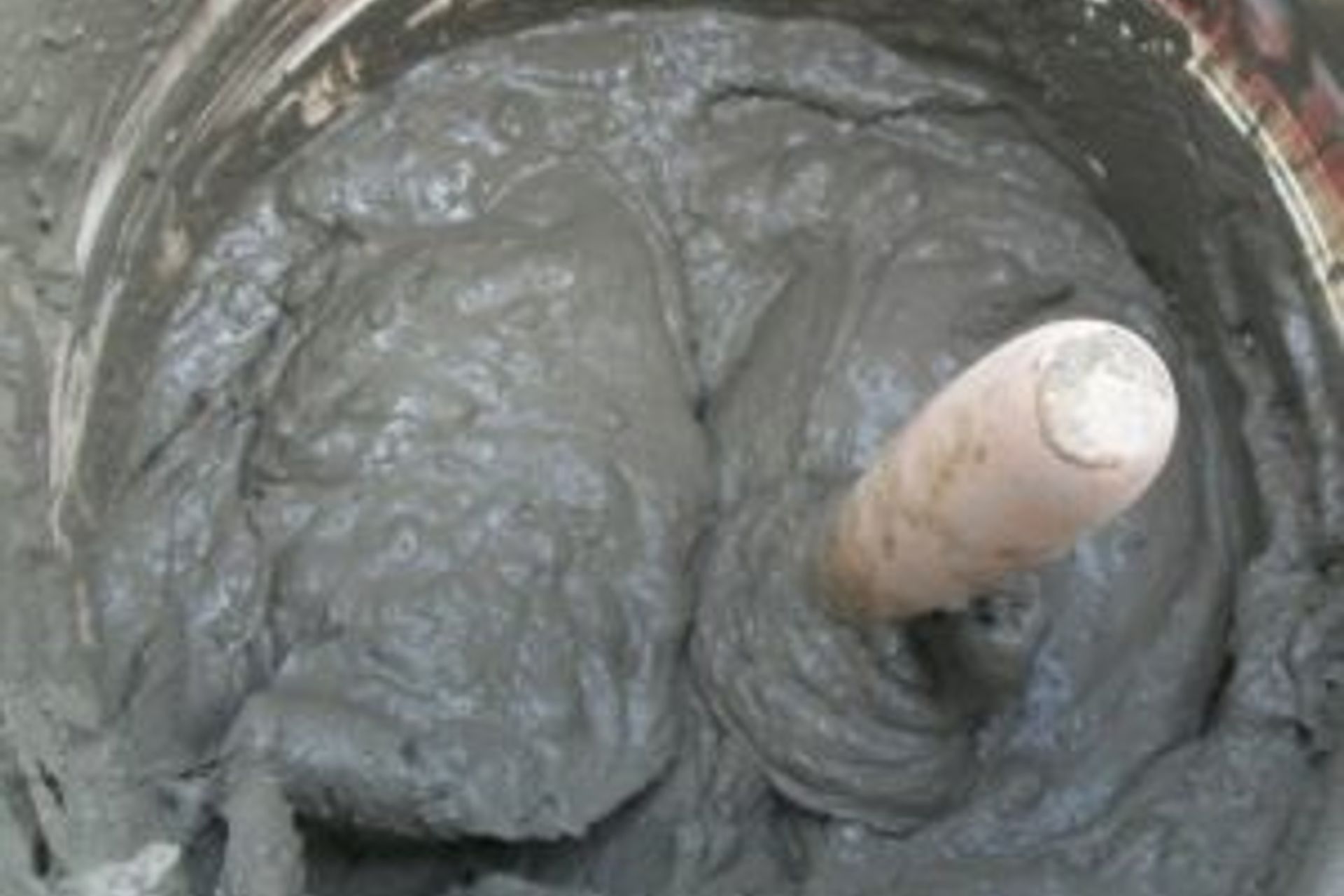Things To Know About Rendering Your Home


What is rendering?
Rendering is a procedure where a pre-existing surface is covered with a thick coating material to the exterior of homes. This procedure gives a more elegant, cleaner and modernised look to houses.
Render is applied to brick and concrete surfaces. It is then screeded, floated and sponged for a desired finish. There are many different looks that you can achieve such as, textured or smooth, fine or coarse, natural or coloured.
This process has been around for centuries and is becoming increasingly popular in Australia. Rendering the outside of your home can give it a fresh new look and bring a tired old looking building back to life.
It’s common for houses to be fully rendered however this doesn’t always need to be the case. Many homes can have only a portion of it rendered with the remainder of the house having the brick work exposed.
Before you make a decision to have your house rendered, it’s good to know your options of the types of render materials available and the differences between them.
There are 2 different types of render available on the market today.
- Cement Render
- Polymer Modified Cement Render
Traditional Cement Render
Cement render is a mixture of sand, cement and clay (or sometimes lime) which is generally mixed on site. However, it is also available as a pre-mixed product. Obviously being cementitious it will dry solid, grey and brittle and can be susceptible to cracking, especially if applied badly.
Polymer Modified Cement Render
This is a pre-mixed product. It’s a more recent version of the traditional cement render and is slightly more expensive to buy. Polymer modified cement render comes in a variety of colours, so will save time and money by not having to paint once the render has cured.

How is it applied?
Render is generally applied in layers using a trowel. Once enough render has been applied and a smooth surface has been achieved, it will depend on the final look you are wanting which will determine how the last coat will be applied.
To keep a clean, smooth finish the application will be troweled. But if a more textured appearance is wanted then the last coat can be applied by brush, sponge or a hessian bag.
Once the cement render has cured – generally this takes 4 weeks – it can be painted with an exterior grade paint or with an acrylic render coat.
If you are wanting a very rustic Tuscan style finish then you could consider a bagged finished to your home.
This finish can only require just 1 coat of render mix if a coarse-graded sand is used in the mixture. There is no precision when bagging. Generally it is applied thinly allowing the irregularities and characteristics of the bricks to show through.
This is more cost effective than a smooth rendered finish, however the overall look is not as popular these days.
What is Acrylic Render Coating?
Once your home has been cement rendered and has cured, an acrylic render can be trowled onto the cement surface. Apart from making the cement stronger, the other most beneficial reason for applying an acrylic render coating is that it provides flexibility and allows underneath to breath. By allowing the cement to breath and expand with the acrylic it minimises any potential cracking. Acrylic render coating is durable, water-resistant and provides you with a variety of colour and texture choices.
You can choose from a smooth finish to semi-textured to coarse. A smoother finish will give a more premium appearance and will also give the house a more modern look.
This can only be applied to render and is not suitable to go straight onto brickwork.
Of course, you can also paint the render instead of using an acrylic render coating.
How much does rendering cost?
Obviously, each house is different so to get an exact cost you will need to obtain a few quotes from qualified renderers. They will be able to go through with you the different render materials and finishes they offer and will also be able to work out what preparation works are required and how easily accessible the works are going to be etc. These will all be factors that will be taken into consideration when providing you with a quote.
Having only one coat of render applied will save you money, but you may not be happy with the outcome. A good renderer won’t cut any corners which you will benefit from and will certainly be able to tell the difference in the overall results.
To give you a rough guideline, an average home will have approximately 400m2 of exterior wall area. Rendering can cost between $30 and $50 per square meter, so a home of that size can vary from $12,000 to $20,000 to be fully rendered.
While this is fairly expensive it will give an amazing end result and provide your home with fantastic curb appeal.
Please note that these costs are just indicative and should be used as guidelines only.

Is it possible to do it myself?
Absolutely! Everything you’ll need for this project is available to you but bear in mind that, like any trade, rendering takes practice.
It will be beneficial to follow instructions and start in a small area which is not visible from the street.
